Home>Dining>Tableware>In Salt And Pepper Shakers, Which One Has More Holes?
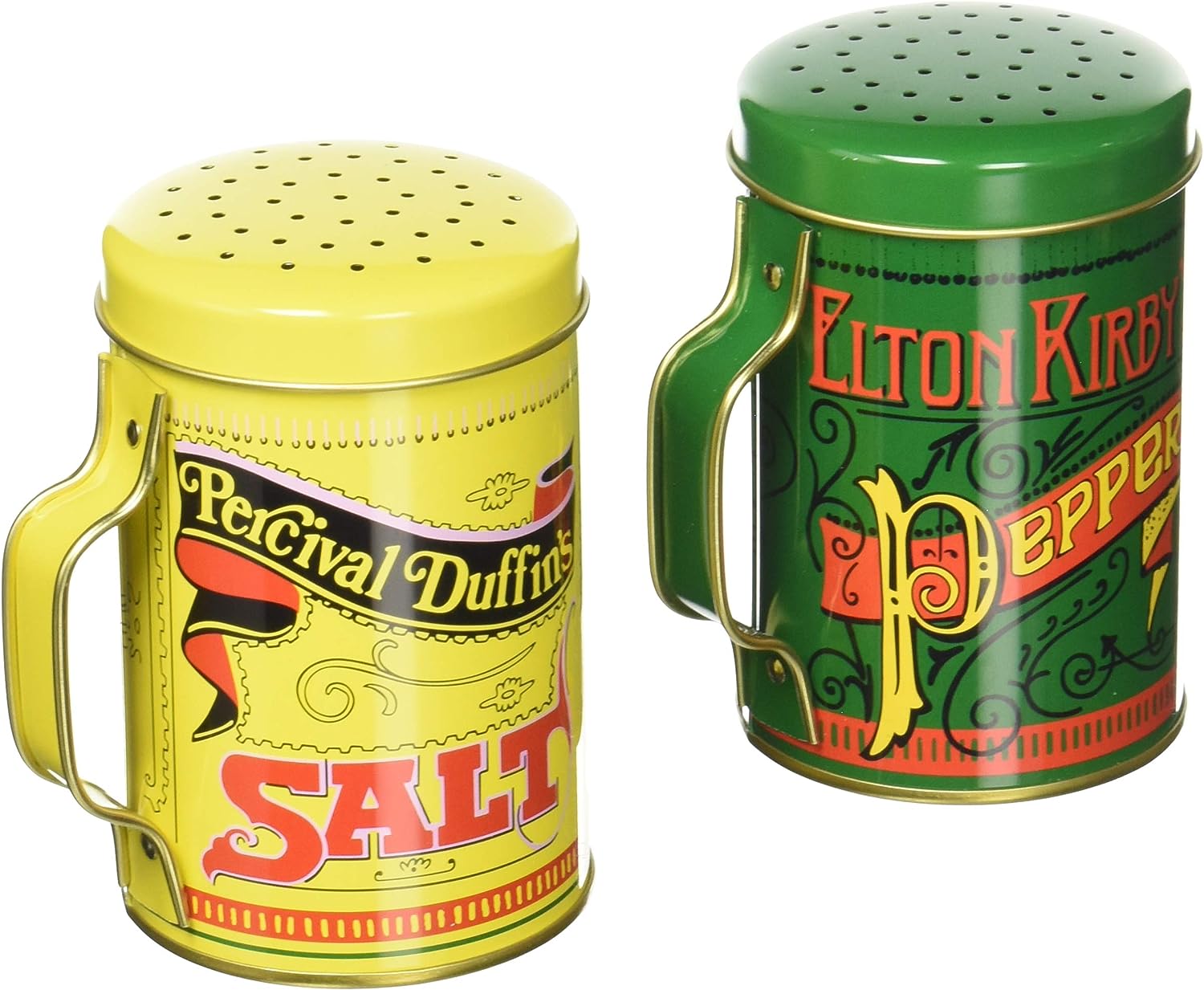

Tableware
In Salt And Pepper Shakers, Which One Has More Holes?
Modified: August 27, 2024
Discover interesting facts about salt and pepper shakers! Find out which one, between the two, has more holes. Explore the world of tableware and enhance your dining experience.
(Many of the links in this article redirect to a specific reviewed product. Your purchase of these products through affiliate links helps to generate commission for Storables.com, at no extra cost. Learn more)
Introduction
Tableware plays a significant role in our everyday lives, and one essential item found on every dining table is the salt and pepper shakers. These small containers hold the key to enhancing the flavor of our meals, adding a pinch of salt or a sprinkle of pepper to suit our taste buds. But have you ever wondered which one has more holes – the salt shaker or the pepper shaker?
In this article, we will delve into the fascinating world of salt and pepper shakers and explore the role of holes in these kitchen essentials. We will also shed light on the different designs and variations in hole placement across cultures. By the end of this read, you will gain a deeper understanding of salt and pepper shakers and be able to answer the age-old question of which one has more holes.
So, let’s embark on this journey to unravel the mystery of salt and pepper shakers!
Key Takeaways:
- The number and size of holes in salt and pepper shakers impact seasoning flow and coarseness. Consider hole configuration, material, and design to enhance your dining experience with personalized seasoning control.
- Cultural variations in hole placement and functionality of shaker holes add personality and charm to dining experiences. Embrace the artistry and functionality of salt and pepper shakers for culinary exploration.
Overview of Salt and Pepper Shakers
Salt and pepper shakers are small containers typically made of glass, ceramic, or stainless steel, specifically designed to hold and dispense salt and pepper. They are an indispensable part of any dining table, providing a convenient way for individuals to season their food according to their taste preferences.
These shakers come in various shapes, sizes, and designs, ranging from classic and elegant to quirky and whimsical. While some shakers are simple and functional, others are intricately designed to add aesthetic appeal to the table setting.
The primary function of salt and pepper shakers is to dispense the desired amount of salt or pepper when tilted or shaken. The number of holes in the shakers determines the rate at which the seasoning is dispensed. Generally, the more holes a shaker has, the faster it dispenses the seasoning.
Now, let’s dive deeper into the role of holes in salt and pepper shakers to understand their significance.
The Role of Holes in Salt and Pepper Shakers
The holes in salt and pepper shakers serve a crucial function in controlling the flow of the seasoning. They are strategically placed at the top of the shakers to regulate the amount of salt or pepper that is released with each shake or tilt.
Typically, the size of the holes in the shakers determines the coarseness of the seasoning that is dispensed. Larger holes allow for a coarser grind, while smaller holes produce a finer grind. This is particularly important for pepper shakers, as some individuals prefer a finer grind for a more delicate pepper flavor, while others prefer a coarser grind for a stronger kick.
Moreover, the number of holes in a shaker can also impact the overall user experience. Shakers with more holes tend to dispense the seasoning more quickly, allowing for a larger quantity to be added to the food with each shake. On the other hand, shakers with fewer holes may require more shakes to achieve the desired amount of seasoning, providing better control over the quantity added.
The placement of the holes in salt and pepper shakers is also worth noting. Typically, salt shakers have fewer, larger holes to accommodate the larger grains of salt. This allows for a consistent flow and prevents clogging. In contrast, pepper shakers usually have more, smaller holes to accommodate the smaller grains of pepper. The smaller holes help to achieve a finer grind and prevent the pepper from clumping together.
Additionally, the size and positioning of the holes can influence the dispersal pattern of the seasoning. Some shakers have evenly spaced holes around the top, ensuring an even distribution of the seasoning when shaken. Others may have a single row of holes, causing the seasoning to dispense in a more concentrated area.
Understanding the role of holes in salt and pepper shakers is essential in selecting the right shaker for your table setting and personal preferences. Whether you prefer fast and generous seasoning or slow and controlled sprinkles, there is a shaker design that caters to your needs.
Different Designs of Salt and Pepper Shakers
Salt and pepper shakers are not only functional but also serve as decorative elements on the dining table. From traditional to modern, there are countless designs available to suit various tastes and preferences.
One common design is the classic pair of salt and pepper shakers, often shaped like simple cylinders or spheres. These timeless designs blend seamlessly with any table setting and provide a minimalist and elegant look.
For those seeking a touch of whimsy and creativity, novelty salt and pepper shakers are a popular choice. These shakers come in a wide range of shapes and designs, featuring animals, fruits, landmarks, and even pop culture references. Whether it’s a set of penguins, chili peppers, or miniature landmarks from around the world, these shakers add a fun and playful element to the dining experience.
Another popular design is the combination shaker, which integrates both salt and pepper compartments into a single unit. These shakers often feature separate sections and different colored lids to easily distinguish between salt and pepper. Combination shakers are convenient, especially for those who prefer to have both seasonings readily available in one compact container.
Furthermore, there are salt and pepper mills, which offer a unique grinding mechanism. These mills allow individuals to manually grind whole salt crystals or peppercorns, offering a fresher and more intense flavor. Salt and pepper mills are available in various materials, such as wood, stainless steel, or acrylic, and their elegant design adds a sophisticated touch to the table.
Clear glass or transparent acrylic salt and pepper shakers are also widely utilized. These shakers allow for easy visibility of the remaining seasoning, making it simple to know when a refill is needed. Additionally, transparent shakers provide a modern and sleek look, appealing to those who prefer a contemporary style.
Ultimately, the design of salt and pepper shakers is a personal choice that can reflect individual taste and complement the overall table setting. Whether you prefer classic simplicity, novelty charm, or modern elegance, there is a design that will suit your style and add a touch of personality to your dining experience.
The Debate: Salt Shaker or Pepper Shaker – More Holes?
One of the most hotly debated topics when it comes to salt and pepper shakers is which one has more holes – the salt shaker or the pepper shaker? While it may seem like a simple question, it has sparked interesting discussions among tableware enthusiasts and culinary aficionados.
When comparing salt shakers and pepper shakers, the number of holes can vary significantly depending on the design and intended use. In general, salt shakers tend to have fewer holes, usually ranging from one to three, while pepper shakers often feature more holes, typically ranging from two to six.
The reason behind this discrepancy lies in the nature of the seasonings themselves. Salt has larger granules, so fewer and larger holes are sufficient to allow the desired amount of salt to be dispensed. On the other hand, pepper typically has smaller grains, necessitating more holes to achieve an adequate dispersal.
While the number of holes in salt and pepper shakers does not directly correlate to the amount of seasoning dispensed, it does impact the speed and control of the flow. In general, shakers with more holes tend to release the seasoning more quickly, while those with fewer holes offer better control in managing the amount added to your dish.
It is important to note that the number of holes is not the sole determining factor in deciding how much seasoning is dispensed. The size of the holes, the coarseness of the seasoning, and the shaking or tilting technique used all contribute to the actual amount released. Individual preferences and desired taste also play a significant role.
In the end, whether the salt shaker or the pepper shaker has more holes is not a definitive answer. Rather, it is a matter of design, functionality, and personal preference. Some may prefer the convenience and generous flow of a pepper shaker with more holes, while others may opt for the precision and control offered by a salt shaker with fewer holes.
Regardless of the number of holes, the most important factor is that the salt and pepper shakers effectively deliver the desired amount of seasoning to enhance the flavor of your meals. So, next time you reach for the salt or pepper shaker, remember that the number of holes is just one aspect of the greater experience of seasoning your food to perfection.
The salt shaker typically has more holes than the pepper shaker. This helps to control the flow of the finer salt particles compared to the coarser pepper.
Read more: How To Wash Metal Salt And Pepper Shakers
Factors to Consider
When it comes to selecting the perfect salt and pepper shakers for your table, there are several factors to consider. These factors can greatly influence your overall dining experience and ensure that you have shakers that meet your needs and preferences.
1. Design: The design of the salt and pepper shakers is an important consideration, as it contributes to the aesthetics of your table setting. Whether you prefer classic, modern, or novelty designs, choose shakers that complement your personal style and the ambiance you wish to create.
2. Hole Configuration: The number and size of the holes in the shakers can impact the flow and control of the seasoning. If you prefer a more generous flow of salt or pepper, opt for shakers with more holes. Conversely, if you prefer a more controlled and precise dispensing, choose shakers with fewer holes.
3. Material: Salt and pepper shakers are available in a variety of materials, such as glass, ceramic, or stainless steel. Consider the durability, ease of cleaning, and aesthetic appeal of different materials to find shakers that suit your preferences and lifestyle.
4. Refillability: Check if the salt and pepper shakers are easy to refill. Some shakers have removable tops or bottoms, making it convenient to add more seasoning when needed. Others may require a specific refill mechanism, so choose shakers that align with your preferences for ease of use.
5. Seasoning Visibility: Transparent or clear shakers allow you to easily see the quantity of salt or pepper remaining, ensuring that you never run out during a meal. This visibility can also inform you when it’s time for a refill, preventing any last-minute surprises.
6. Ease of Use: Consider how comfortable and practical the shakers are to handle and use. The shaker tops should be easy to unscrew or open, allowing for effortless seasoning of your dishes. Ergonomic designs can make a big difference, especially if you have any hand or wrist mobility issues.
7. Cleaning and Maintenance: Some salt and pepper shakers are dishwasher-safe, while others may require hand washing. Consider your cleaning preferences and choose shakers that are easy to clean and maintain, ensuring longevity and hygiene.
8. Personal Preference: Ultimately, your personal preference in terms of style, functionality, and user experience should guide your decision. Taking into account your unique taste and the requirements of your household will help you find the perfect salt and pepper shakers that enhance your dining moments.
By considering these factors, you can make an informed decision when selecting your salt and pepper shakers that align with your style, functionality needs, and overall dining experience. Remember, the right salt and pepper shakers can add a touch of elegance and convenience to your table setting, elevating your enjoyment of every meal.
Cultural Variations in Hole Placement
When it comes to salt and pepper shakers, cultural variations extend beyond just the seasoning preferences. In fact, there are cultural differences in the placement of holes in these shakers, adding to the diversity and charm of tableware across different regions of the world.
In some cultures, the salt and pepper shakers have distinguishable features or colors to help differentiate between the two. For example, in Western cultures, the salt shaker is often the one with fewer holes and a blue top, while the pepper shaker has more holes and a red top. This convention helps guests and diners easily identify and select the desired seasoning.
On the other hand, in Asian cultures, the convention is often reversed, with the pepper shaker having fewer holes and a blue top, while the salt shaker has more holes and a red top. This variation in hole placement reflects cultural customs and traditions, providing a unique touch to the dining experience.
In some countries, such as Japan, the placement of the holes in the shakers can even indicate the spiciness level of the seasonings. The pepper shaker may have more holes to indicate a higher level of spiciness, while the salt shaker may have fewer holes to represent a milder flavor.
Furthermore, cultural influences can also extend to the overall design and shape of the salt and pepper shakers. In some regions, shakers may be adorned with traditional patterns or symbols that hold cultural significance. These decorative elements not only add visual appeal but also provide a glimpse into the rich heritage and traditions of the respective cultures.
It’s fascinating to explore these cultural variations in salt and pepper shakers as they highlight the importance of tableware in different communities and the diverse ways in which people enhance their dining experiences.
Next time you come across salt and pepper shakers from different cultures, take a moment to appreciate the unique placement of holes and the subtle nuances that reflect the cultural heritage of that region. It’s yet another reminder of how food and dining bring people together, bridging cultures and creating shared experiences.
Functionality of Salt and Pepper Shaker Holes
The holes in salt and pepper shakers serve a vital functional purpose, contributing to the overall usability and effectiveness of these essential kitchen tools. Understanding the functionality of these holes can greatly enhance your seasoning experience and improve the efficiency of adding salt and pepper to your dishes.
1. Controlled Dispensing: The primary function of the holes in salt and pepper shakers is to control the amount of seasoning that is dispensed when shaken or tilted. The size and number of holes determine the flow rate, allowing you to add seasoning gradually and precisely to achieve the desired flavor.
2. Coarseness Control: The size of the holes in the shakers also influences the coarseness of the seasoning that is dispensed. Larger holes are suitable for a coarser grind, ideal for those looking for a burst of flavor, while smaller holes produce a finer grind, perfect for a more delicate and subtle seasoning.
3. Prevents Clumping: Salt and pepper shaker holes play a crucial role in preventing clumping or clogging of the seasonings. The size and spacing of the holes allow for the free flow of the salt and pepper, preventing them from clumping together and ensuring a smooth and consistent dispersion.
4. Distribution Patterns: The placement and design of the holes can create different distribution patterns when shaking or tilting the shakers. Some shakers have evenly spaced holes, promoting an even and widespread distribution of the seasoning. Others may have a single row of holes, resulting in a more concentrated area of seasoning dispersion.
5. Smooth Operation: Well-designed salt and pepper shaker holes ensure smooth operation, allowing for easy dispensing without any blockages. Properly sized holes and suitable hole-to-lid alignment prevent the seasonings from getting stuck or causing a messy and frustrating user experience.
6. Easy Refilling: Salt and pepper shaker holes facilitate easy refilling of the seasonings. Some shakers have large enough holes that can accommodate a spoon or funnel for effortless refilling. Additionally, shakers with wide openings and removable tops or bottoms make the refilling process quick and convenient.
7. Visual Appeal: The well-designed holes in salt and pepper shakers also contribute to the visual appeal of these tableware essentials. Whether it’s a traditional shaker with a single hole or a modern design with multiple holes arranged in a pattern, the aesthetics of the holes can add an artistic touch to the table setting.
By understanding and appreciating the functionality of the holes in salt and pepper shakers, you can make informed choices when selecting shakers for your dining table. Consider the size, number, and placement of the holes to ensure that the shakers meet your specific needs in terms of dispensing control, coarseness preference, and overall user experience.
Remember, the functionality of the salt and pepper shaker holes goes hand in hand with your personal taste and the desired flavor enhancement of your meals. Embrace the functionality of these small but essential components to elevate your seasoning game and enjoy the perfect balance of flavors in every bite.
Conclusion
Salt and pepper shakers are more than just vessels for seasoning – they are symbols of flavor and creativity on the dining table. These small kitchen essentials add a dash of convenience and elegance to our meals, enhancing the taste of our favorite dishes.
Throughout this article, we have explored the world of salt and pepper shakers, uncovering the mysteries of their hole placement and functionality. We have learned that the number and size of the holes in these shakers play a significant role in controlling the flow and coarseness of the seasoning, as well as ensuring a smooth and clump-free distribution.
We have also discovered the diverse designs and cultural variations in salt and pepper shakers, adding personality and cultural significance to these everyday objects. From classic and minimalist designs to whimsical and novelty shapes, there are shakers to suit every taste and style.
When selecting salt and pepper shakers, we must consider factors such as design, hole configuration, material, and ease of use to find the right fit for our needs and preferences. The functionality of the holes enhances our seasoning experience, allowing for controlled dispensing, preventing clumping, and creating visually appealing distribution patterns.
Ultimately, salt and pepper shakers are more than just utensils – they serve as a conduit for our creativity, allowing us to fine-tune the flavors of our favorite meals to perfection. So, the next time you reach for the salt and pepper shakers, remember to appreciate their role in elevating your dining experience.
Whether you prefer a salt shaker with fewer holes or a pepper shaker with more, the world of salt and pepper shakers is an endless source of fascination and culinary exploration. Embrace the artistry and functionality of these small tableware items and enjoy the pleasure they bring to your meals.
So, go ahead, season with flair, and savor each bite with the perfect balance of salt and pepper!
Frequently Asked Questions about In Salt And Pepper Shakers, Which One Has More Holes?
Was this page helpful?
At Storables.com, we guarantee accurate and reliable information. Our content, validated by Expert Board Contributors, is crafted following stringent Editorial Policies. We're committed to providing you with well-researched, expert-backed insights for all your informational needs.

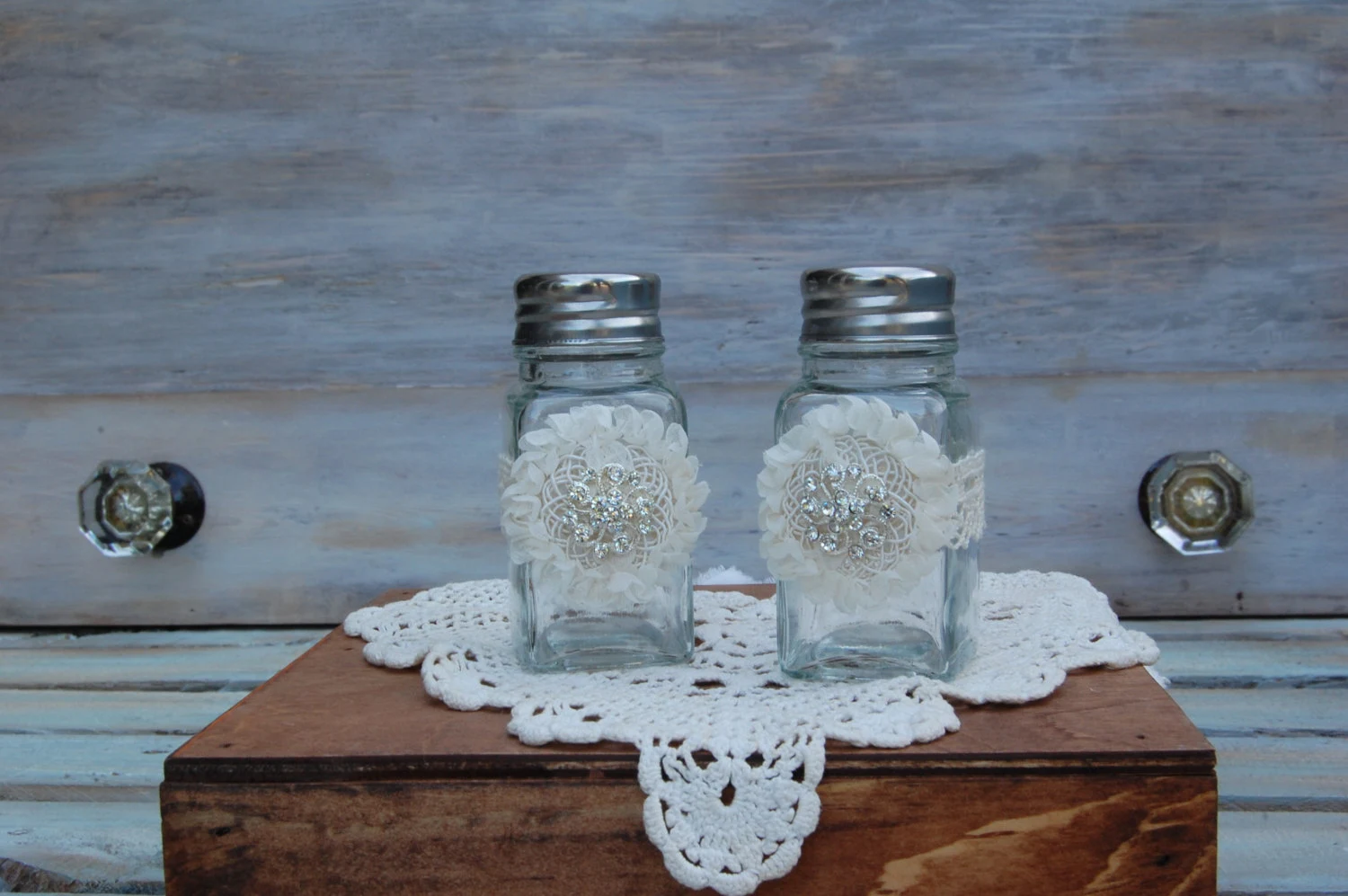
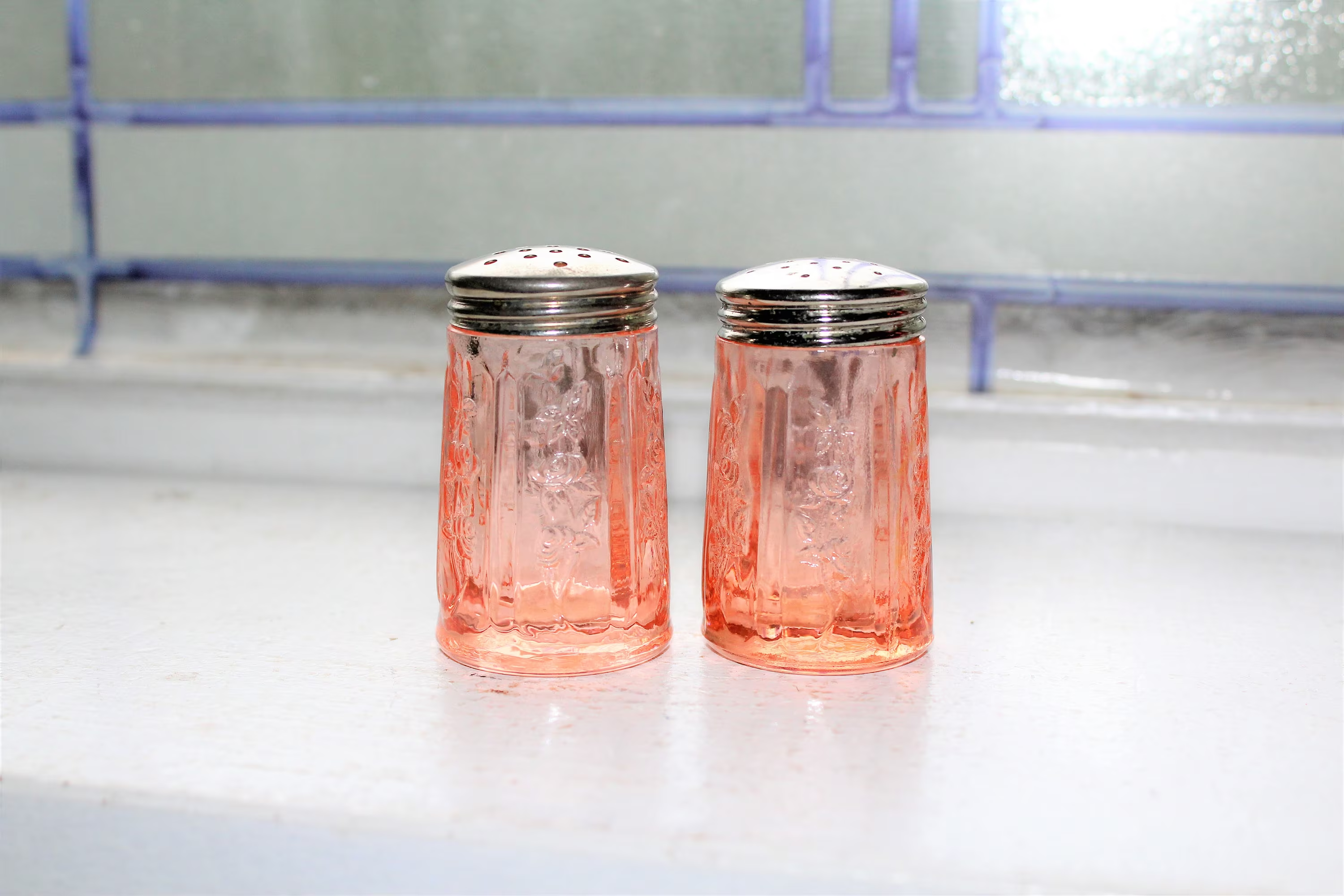
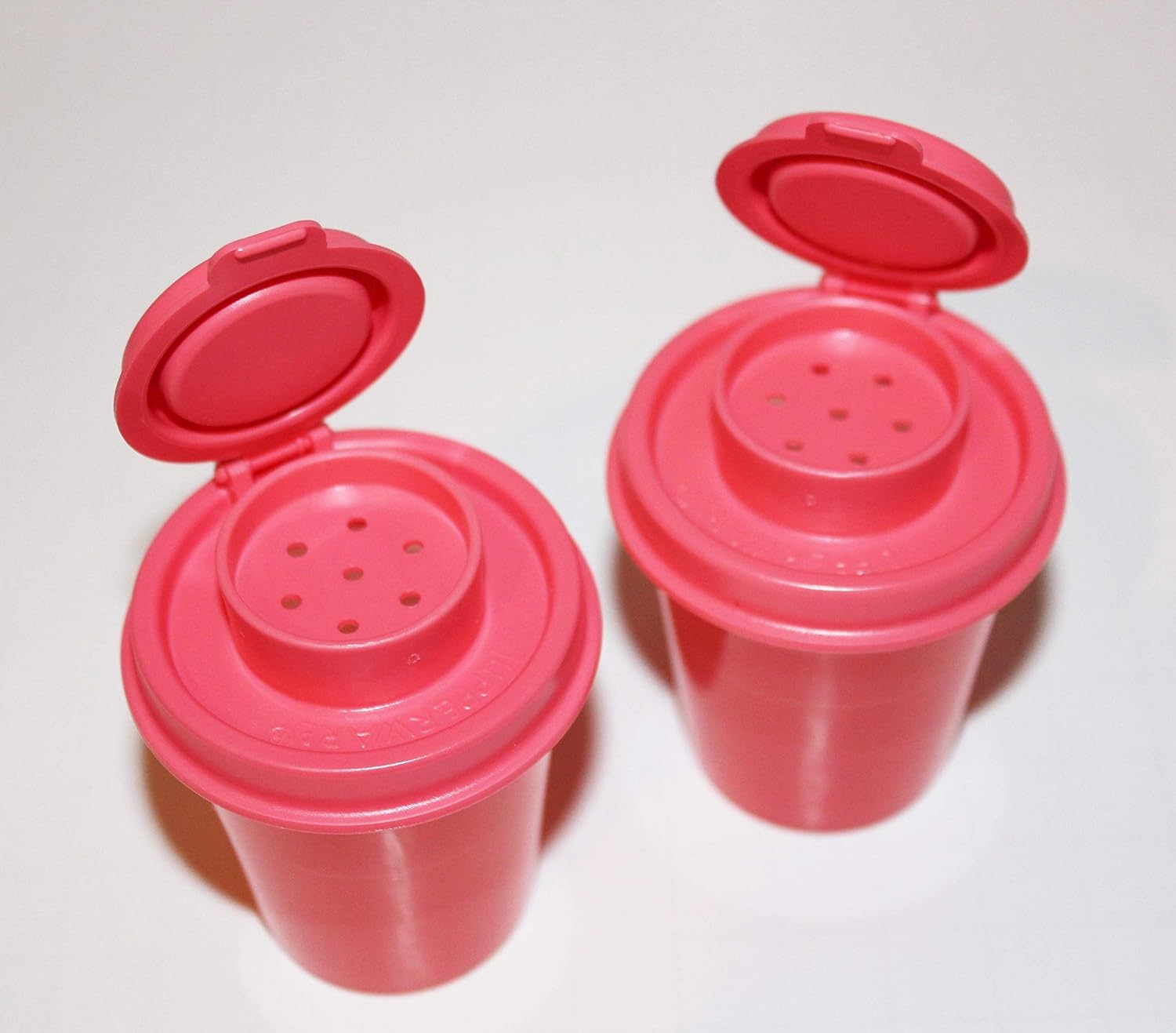

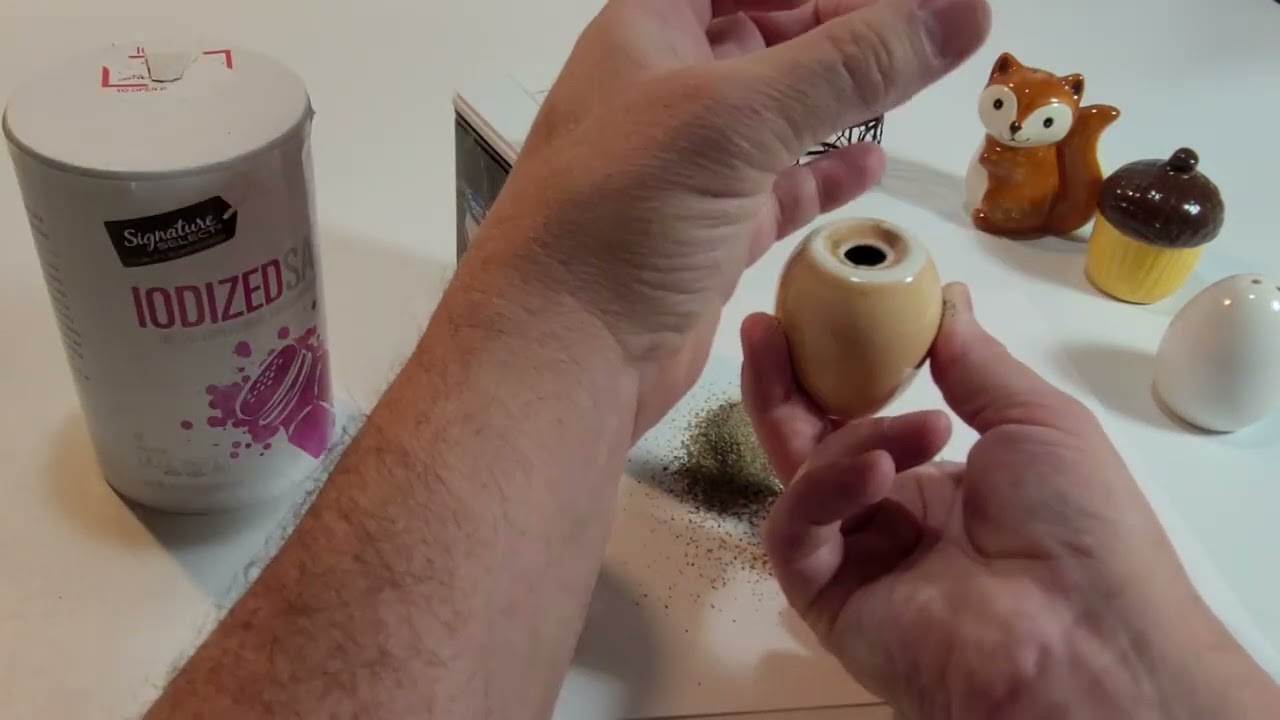
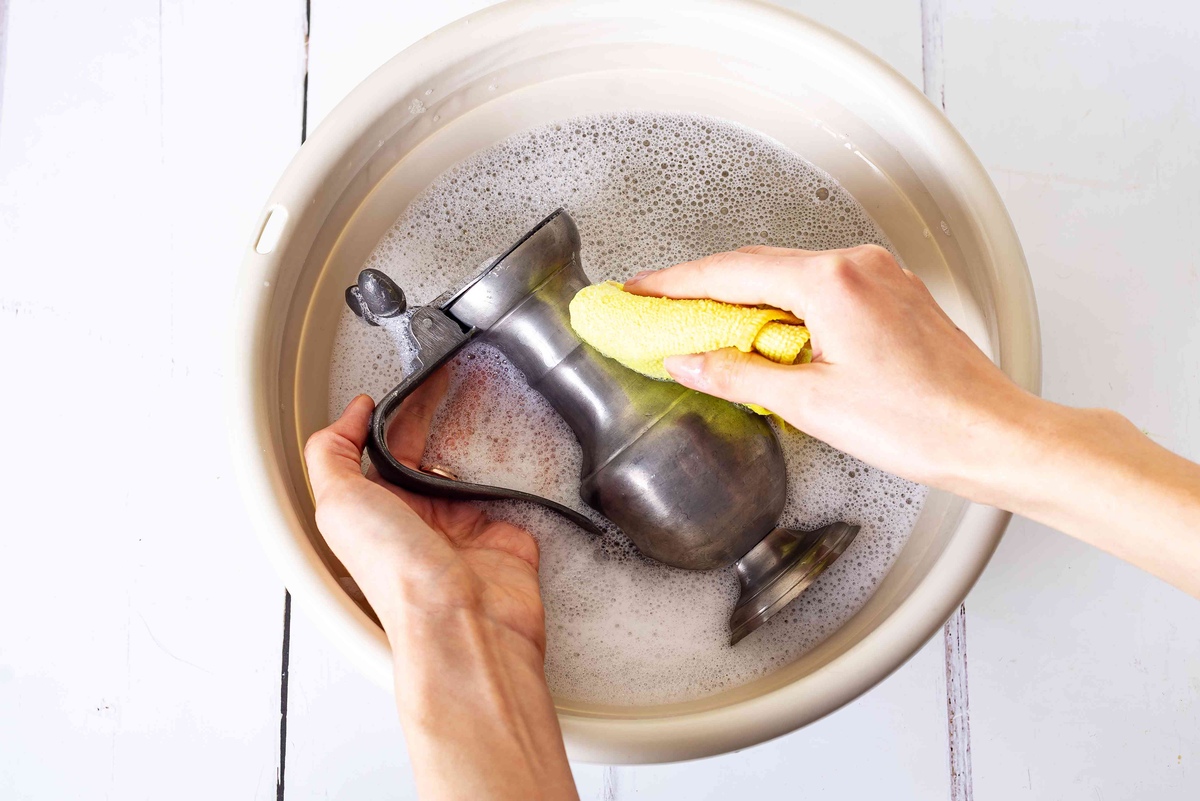
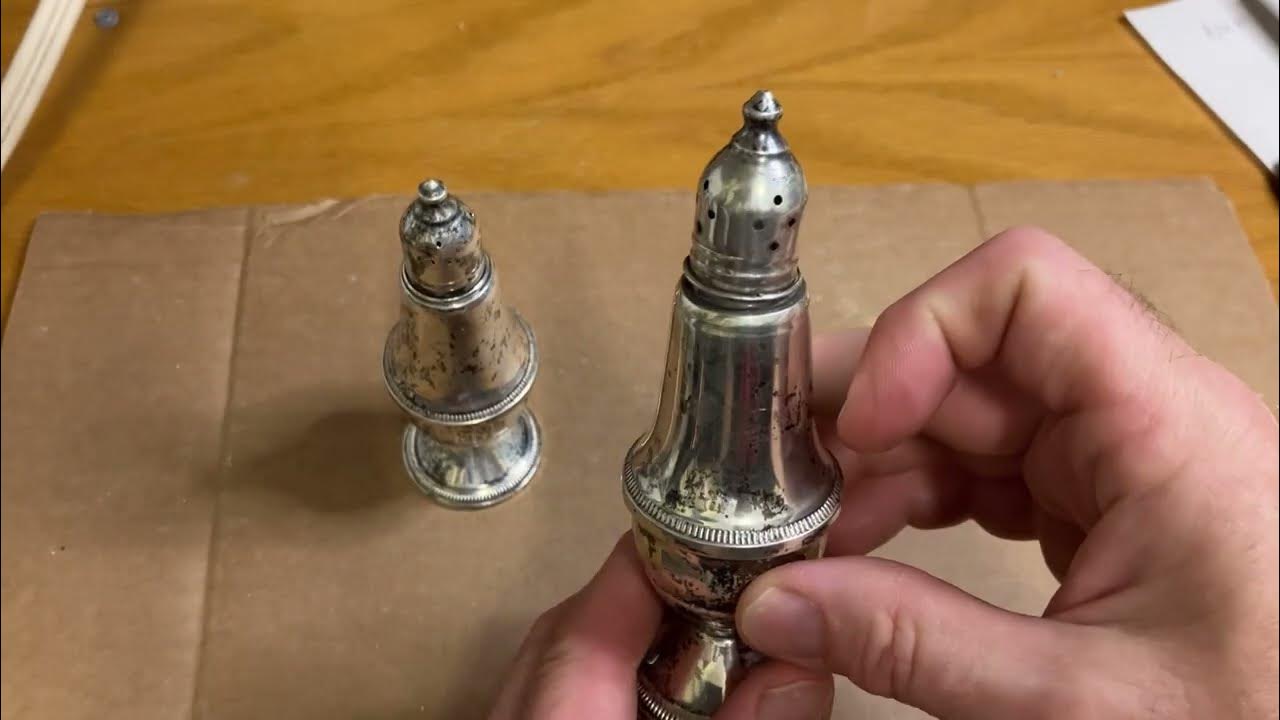
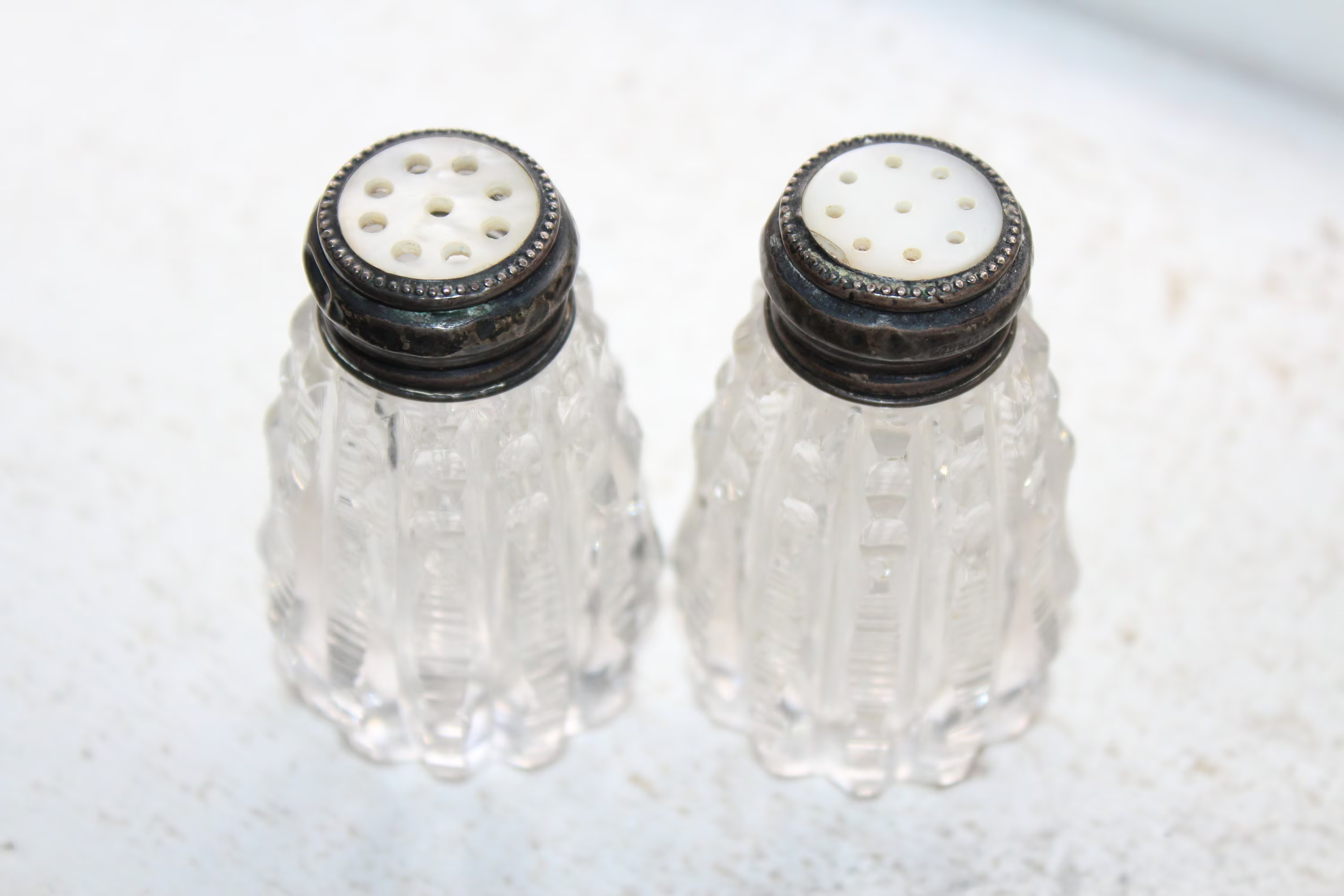
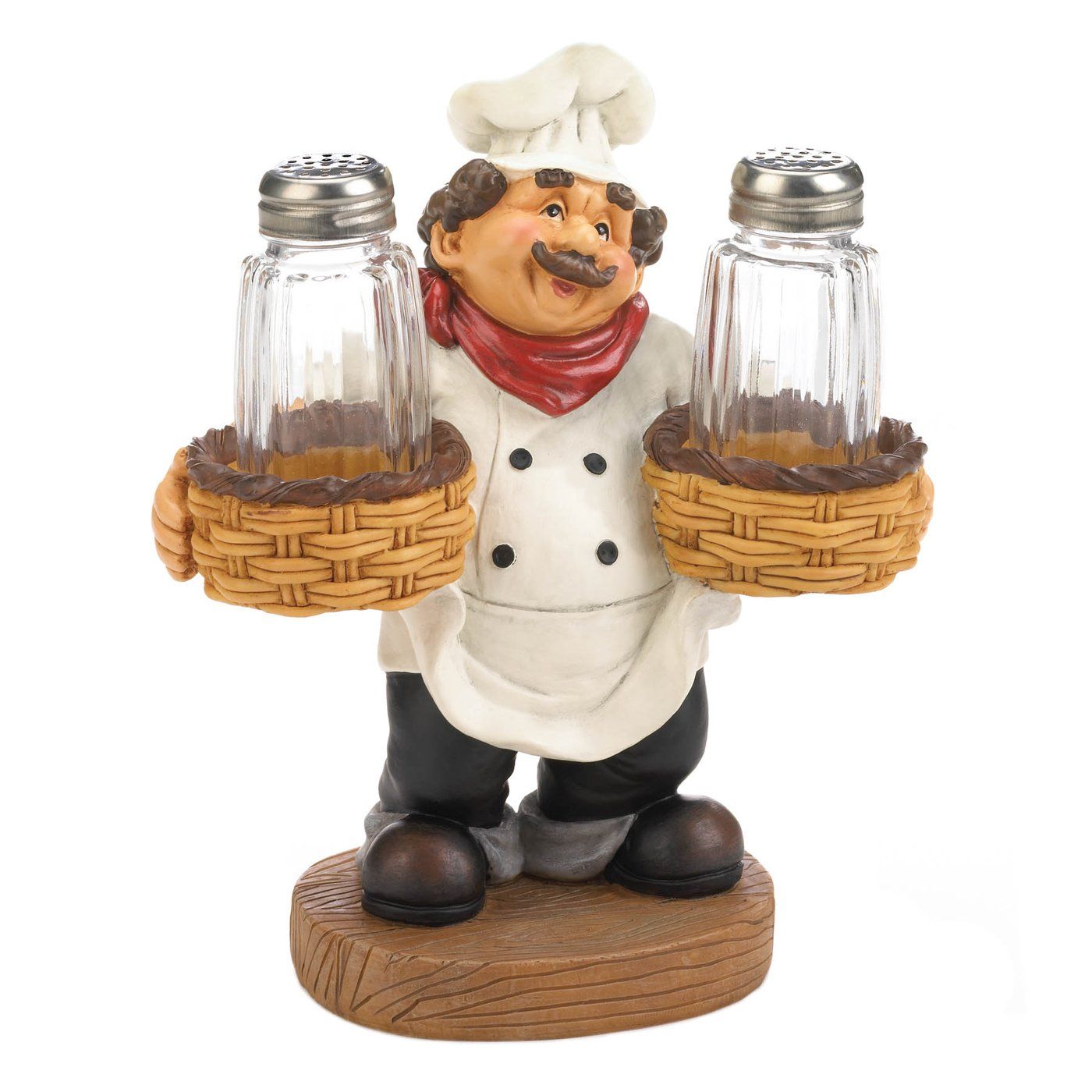
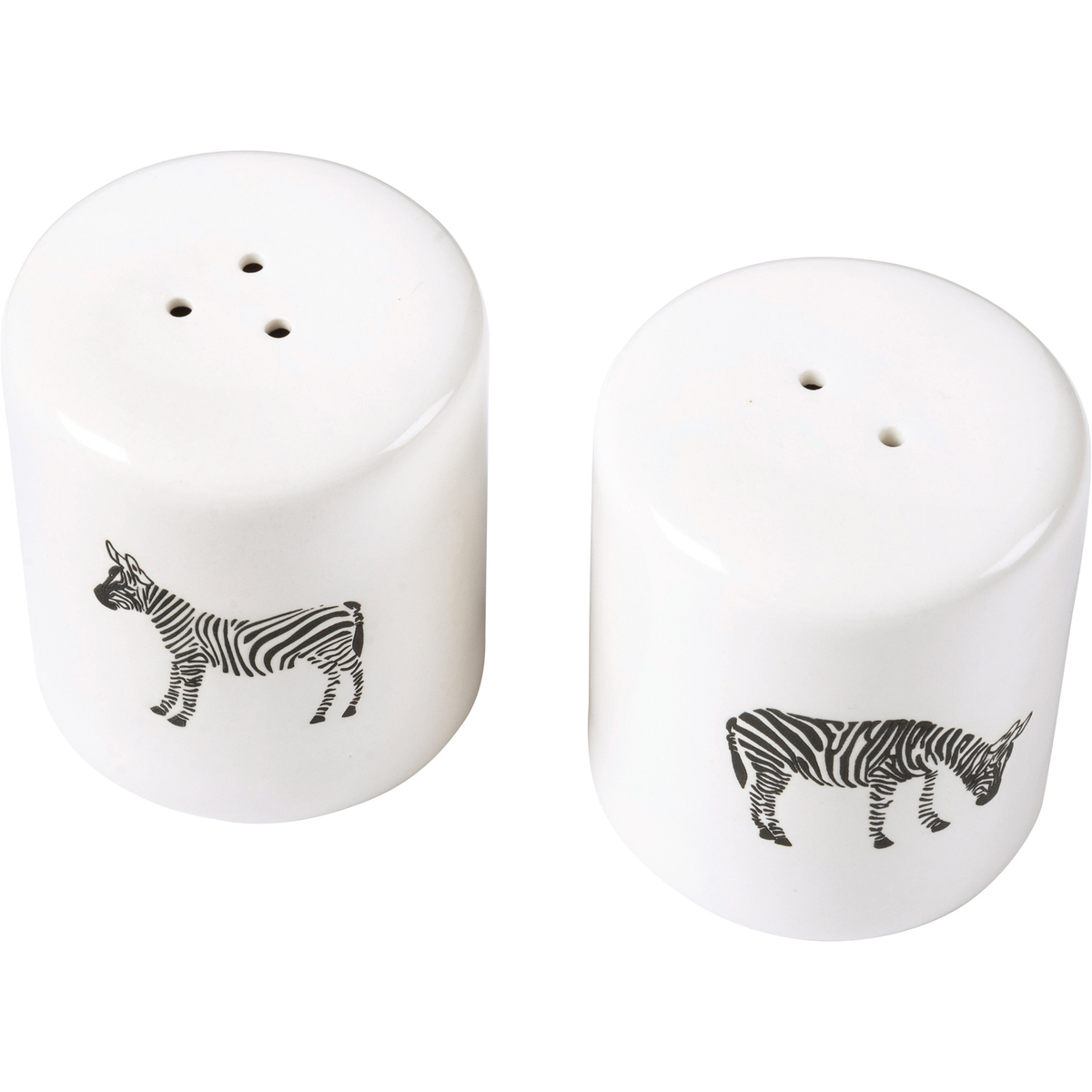
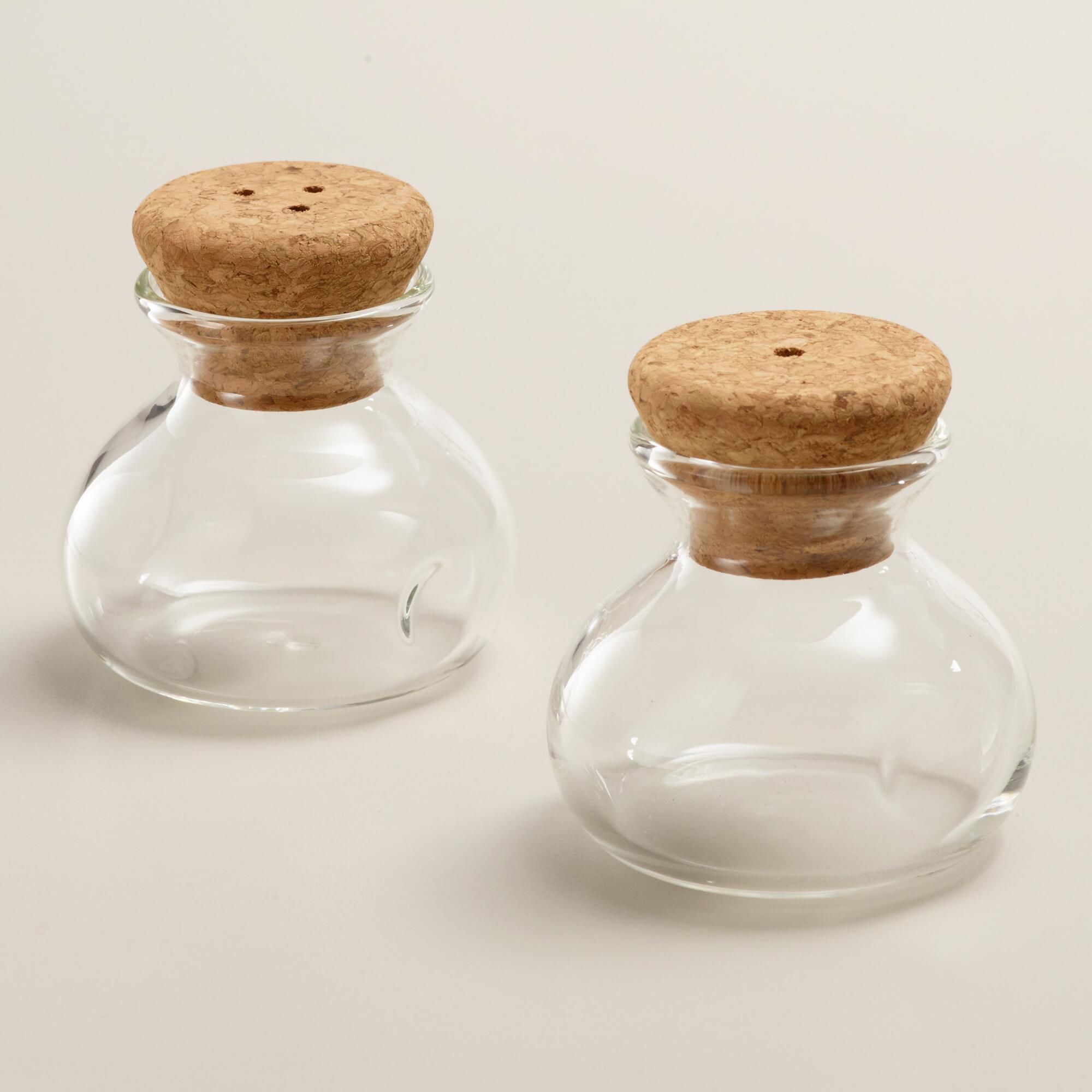

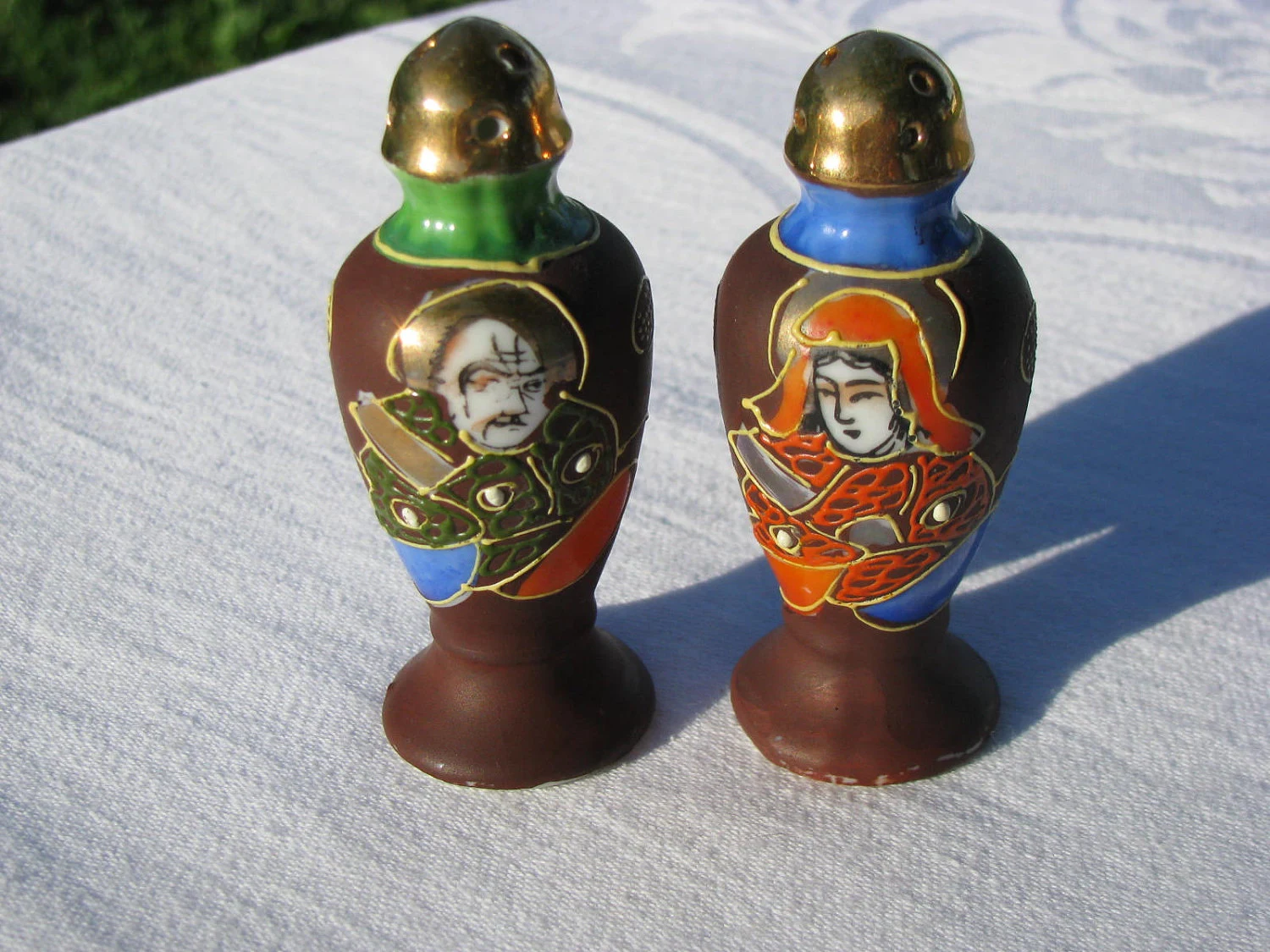

0 thoughts on “In Salt And Pepper Shakers, Which One Has More Holes?”